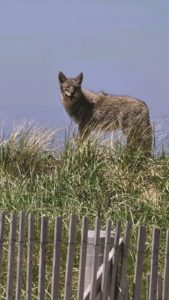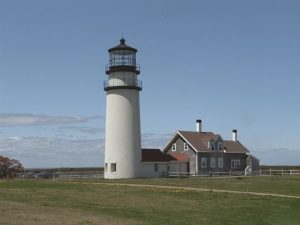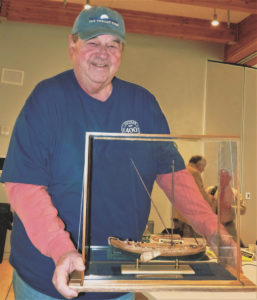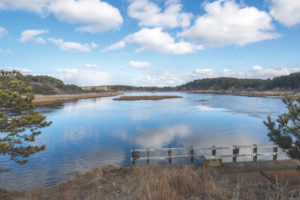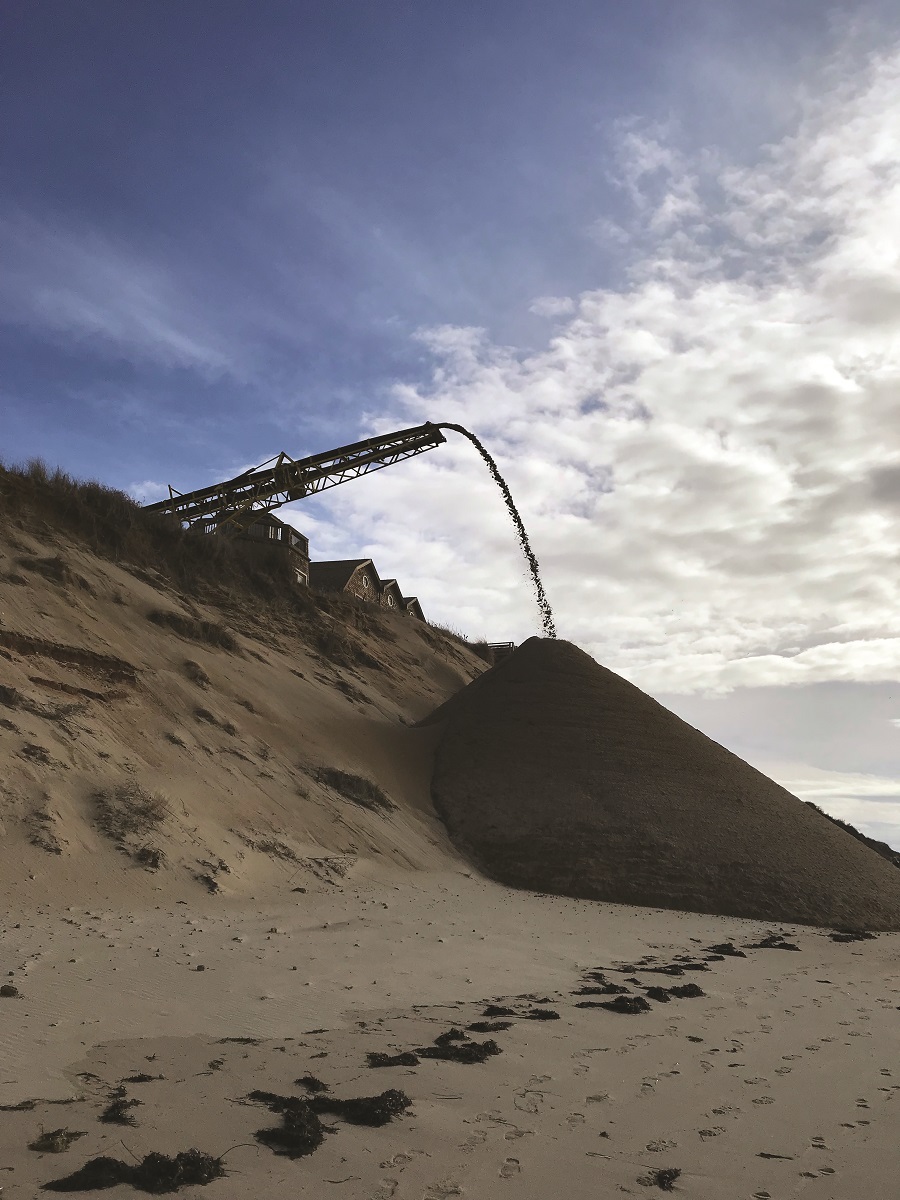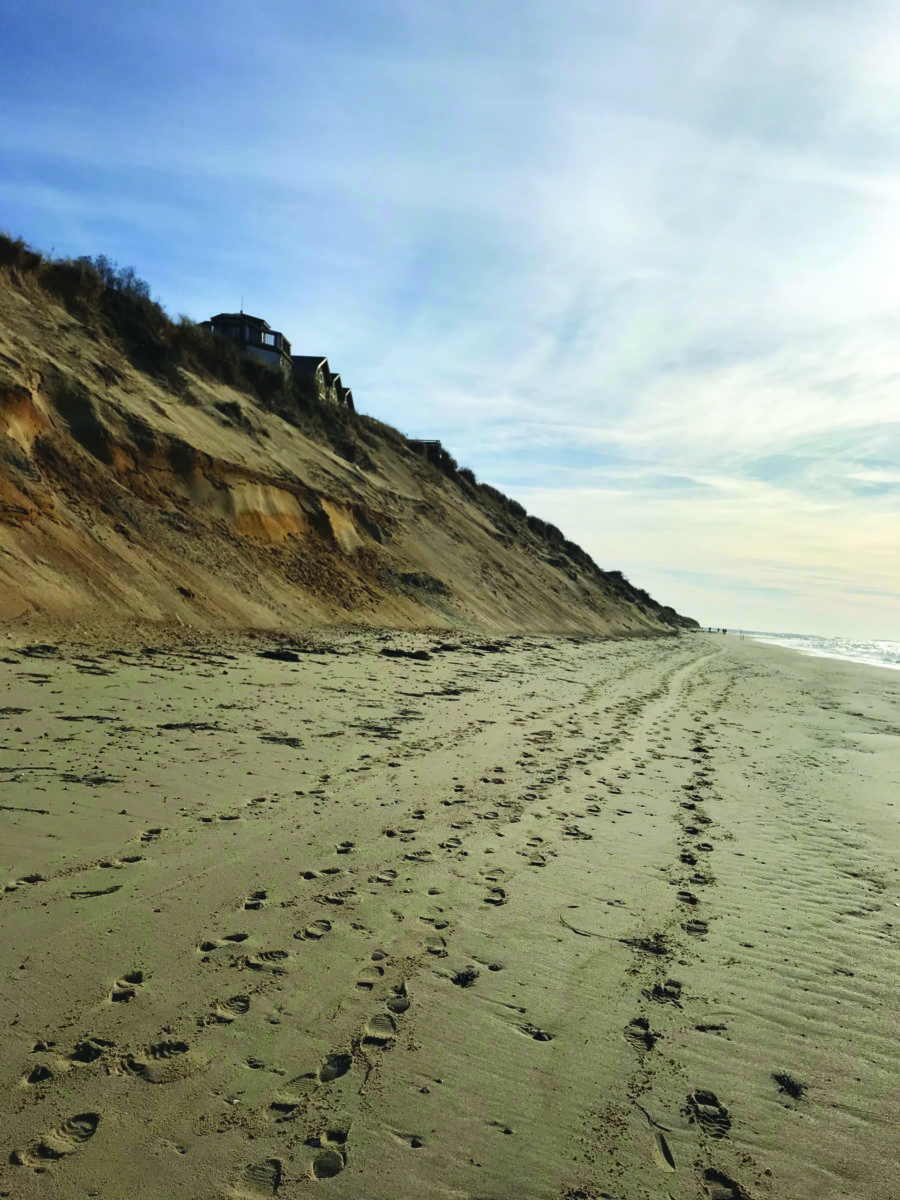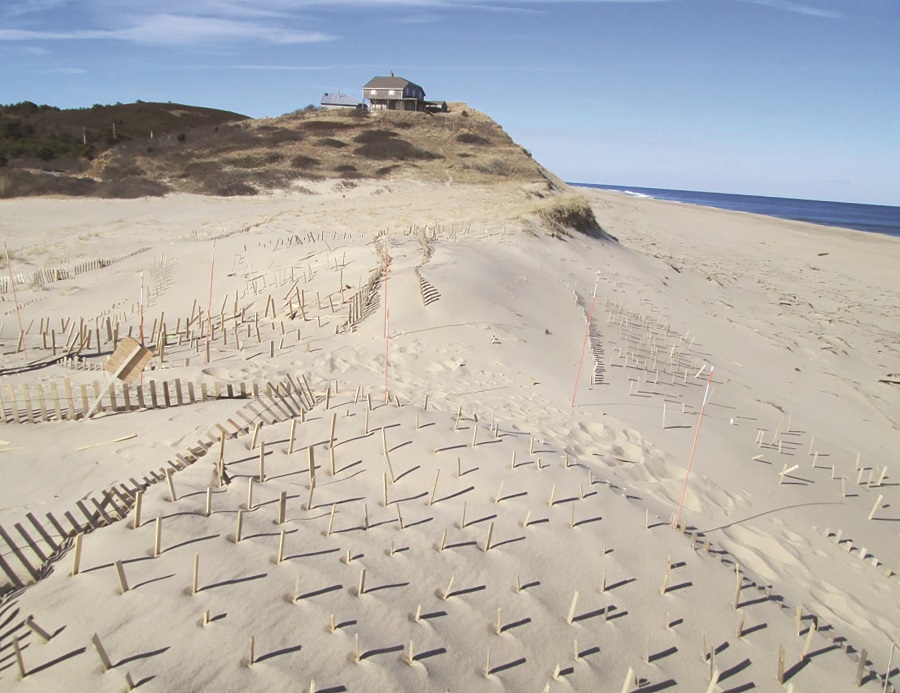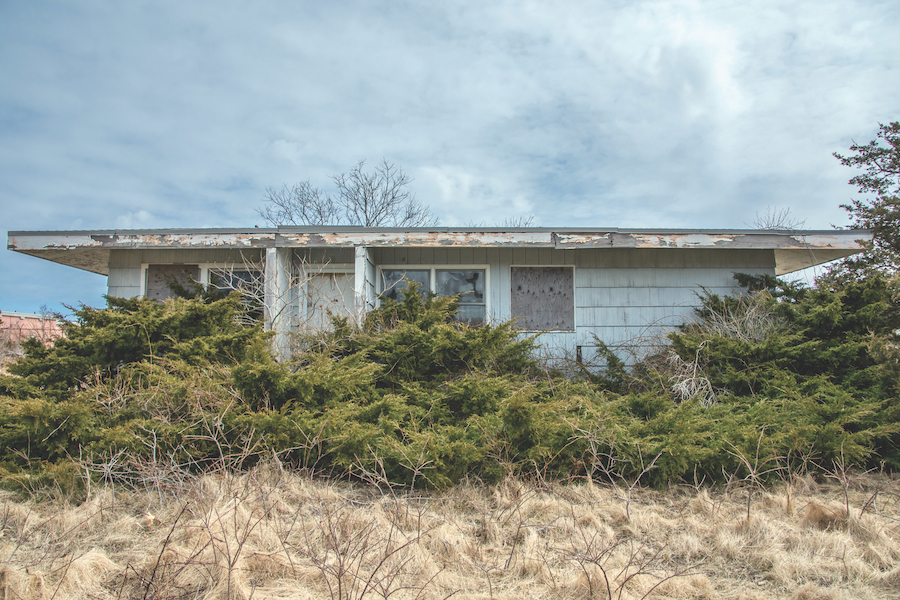This is the second in a series of articles on the Cape Cod National Seashore’s science program. It explores why science matters at the Seashore and why it’s at risk.
A decades-long educational program at the Cape Cod National Seashore has been suspended, and not just because of the pandemic. Seashore education specialist Barbara Dougan, who ran the program since its inception in 1992, retired in January and has not been replaced.
Dougan estimates that the Seashore’s Parks as Classrooms program reached hundreds of students each year from kindergarten through 12th grade. She worked with 30 to 50 teachers a year from schools across the Outer Cape and beyond.
The program’s “end goal is teaching kids to value science in guiding decision-making,” Dougan told the Independent. “They feel they understand their surroundings, which builds confidence. Then they become environmental stewards and work to protect it.”
Dougan collaborated with Seashore scientists, including Steve Smith and Mark Adams, to develop programs that connected with research being conducted in the park. Students collected and analyzed their own data while learning how to ask scientific questions.
The Seashore provided “perfect outdoor living classrooms,” Dougan said. In third grade, students visited vernal pools in Eastham to study environmental change. Fifth-graders performed water quality testing at ponds in the Province Lands.
But Dougan, who worked full-time on the program, is gone.
“The person they hired to do education — it’s only a collateral duty,” Dougan said. “How that’s going to work out, I don’t know.”
Seashore Supt. Brian Carlstrom confirmed that the program has been “put on pause” since Dougan’s departure. The Seashore hired two new supervisory interpretative rangers, who “are going to look at the education program, and see what we’ll be evolving that into,” Carlstrom said. But the new rangers’ start has been delayed by the pandemic.
Having interpretative rangers is not the same as education, Dougan said. Parks as Classrooms tailored its field trips to meld with each classroom’s curriculum, and Dougan said building teachers’ trust often took years. Dougan’s programs lasted three to five hours in the field and included classroom visits before and after. Unlike Dougan’s efforts, interpretative programs are shorter and provide “more general information,” she said. “They’re not engaged in data collection or making observations.”
It’s Not Only Education
Dougan is not alone in seeing years of effort discontinued. Bob Cook, a wildlife ecologist, started working at the Seashore in 1998 and retired in 2016. He has not been replaced.
Cook’s research focused on vernal ponds in the Seashore, where he studied amphibians such as the spotted salamander and wood frog. By tracking species’ distribution and abundance, Cook documented changes in their habitats over time. Now that he’s gone, monitoring of those species has ended.
Maria Burks served as the superintendent of the Seashore from 1995 to 2004. During her tenure, “science was on an upswing,” she said. The National Park Service (NPS) initiated the Natural Resource Challenge in 1999, which led to a base increase of more than $1.2 million annually for science and education at the Seashore, Cook said. Scientists were hired to conduct inventory and monitoring programs.
Such programs are essential in documenting environmental change. As the Independent reported on May 7, it takes many years of data to show a trend. Decades of kettle pond monitoring showed the effects of the Clean Air Act and climate change. Without consistent monitoring, changes can go unseen.
Since the early 2000s, the Seashore’s budget has remained flat while fixed costs have risen — “an effective cut,” Carlstrom said.
With tight budgets, Burks said, science is often the first to go. “Research projects are funded through soft money,” she said. “If they go, a building doesn’t lose its roof, and an employee isn’t fired.” Since salaries make up a large portion of fixed operating costs, one way to save money is through attrition.
Carlstrom said he has little say in how the Seashore’s budget is divided between science and other priorities, such as infrastructure. That’s up to the NPS or Dept. of Interior.
This table shows how National Seashore resource allocation since 2018. According to the National Park fiscal year 2021 budget justification, park budgets are being cut or remaining flat nationwide.
|
Division |
Fiscal Year | ||
| 2018 | 2019 | 2020 | |
| Administration | $ 840,000 | $ 830,000 | $ 1,040,000 |
| Facility Management | $ 1,500,000 | $ 1,700,000 | $ 1,810,000 |
| Interpretation and Cultural Resources | $ 1,200,000 | $ 1,060,000 | $ 1,000,000 |
| Visitor and Resource Protection | $ 1,400,000 | $ 1,490,000 | $ 1,500,000 |
| Natural Resources | $ 1,110,000 | $ 1,020,000 | $ 1,200,000 |
| Management and Safety | $ 1,320,000 | $ 1,530,000 | $ 1,310,000 |
| TOTAL | $ 7,370,000 | $ 7,630,000 | $ 7,860,000 |
At the same time, funding nationally for the NPS police, who, as the budget states, “participate in securing the Southern border” and other “areas with greater propensity for drug trafficking, illegal immigration, and terrorist movement,” will increase, as will spending on recreation access for visitors.
National Picture Bleak
The loss of expertise at the Seashore is reflected nationwide. According to the National Parks Conservation Association, national parks experienced a 16-percent increase in visits over the past decade and a 14-percent reduction in staffing.
“I feel like right now science in particular is on the run,” said Burks, who is a member of the Coalition to Protect America’s National Parks, an advocacy organization.
Under the Trump administration, scientists face obstacles in getting permission to conduct research in the parks. They avoid terms like “climate change” or “sea level rise” in research proposals, Burks said. Those who do use those terms find their projects flagged and delayed until the Dept. of Interior weighs in.
Park Science, a quarterly publication that for 20 years focused on research in national parks, has not published an issue since 2018, Burks said.
“To lose all this, at a time when we desperately need science,” Burks said, “deeply concerns me.”
